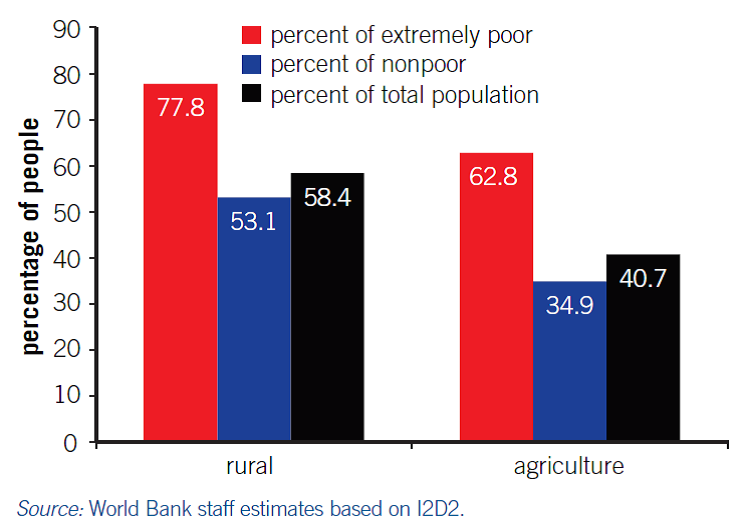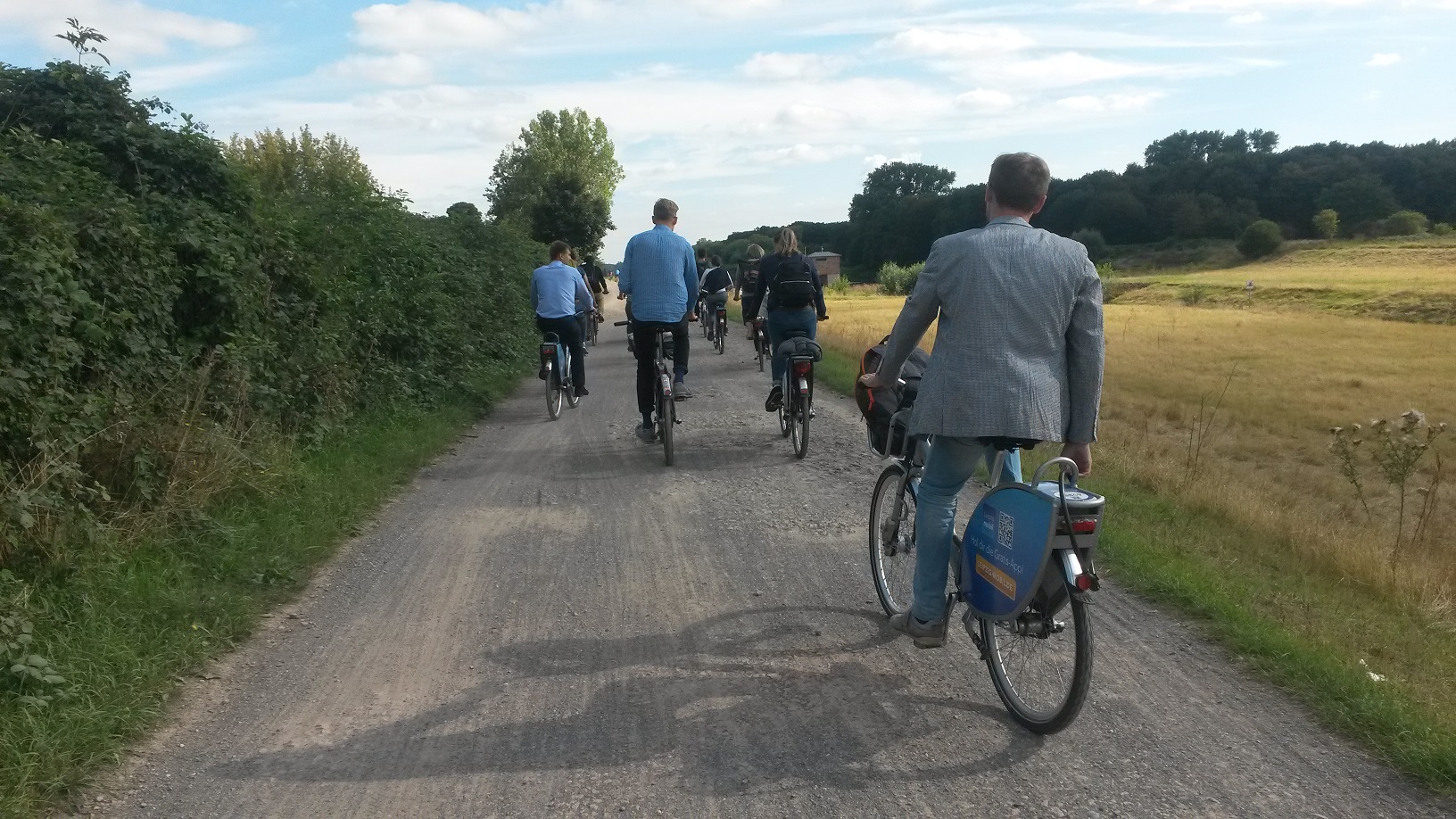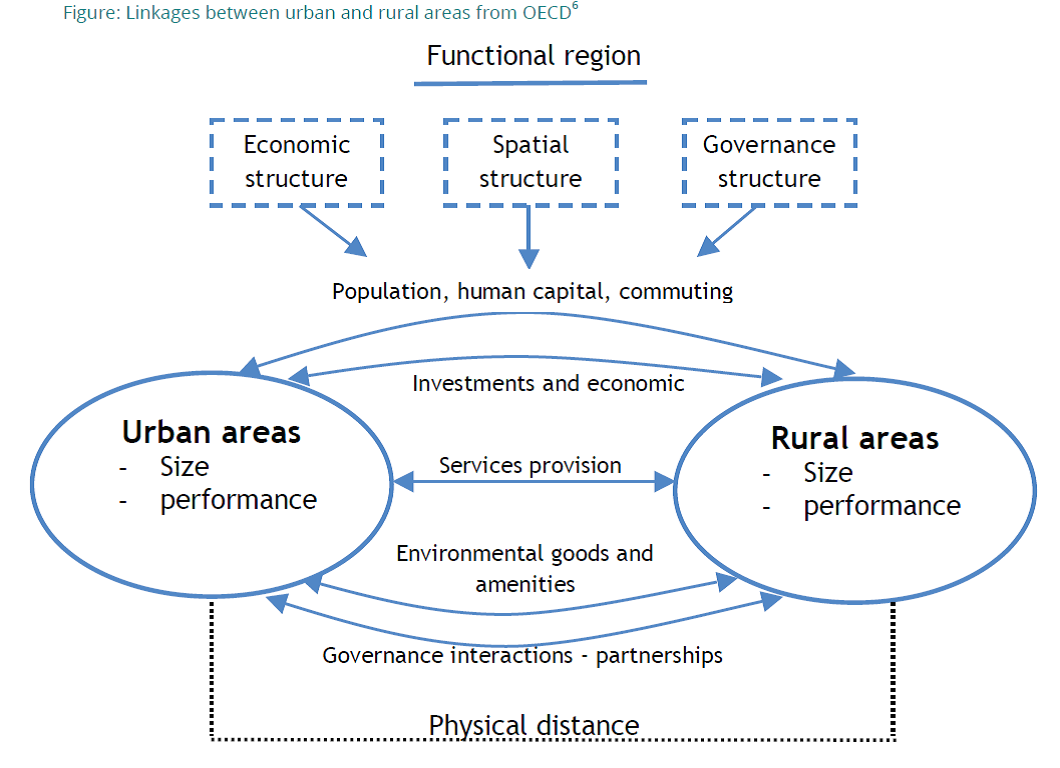Rural-urban connectivity through EcoMobility
by: Itzel Obregon Prescott
Although more than half of the population worldwide now lives in cities, there is still the remaining half living in rural areas. In addition, some developing regions today still have the majority of their population living in rural areas. In this sense, both rural and urban areas deserve clean, affordable, accessible and safe mobility. Sustainable transport is vital to maintaining the environmental and economic well-being of both rural and urban areas and to ensure access to services for both inhabitants and visitors. Despite this, policies and efforts for sustainable mobility have focused on the urban areas, overlooking mobility between urban and rural areas and also mobility within rural areas. EcoMobility can support connectivity between rural areas and cities.
“Over 78 percent of the poor reside in rural area, while the rural population is 58 percent of the developing world.” – The State of the Poor: Where Are The Poor, Where Is Extreme Poverty Harder to End, and What Is the Current Profile of the World’s Poor?, The World Bank, 2013.
Urban – rural links are increasingly growing and include the mobility of people, goods and services and also waste. Furthermore, an OECD report from 2012 stated that an average of 80% of the rural population lives close to an urban area. Despite the relevance of this linkage, rural connectivity is an ongoing challenge around the world. Since most economic and social opportunities are located in urban areas or towns.
Furthermore, a particular challenge concerning rural-urban connectivity is the last mile transportation. This challenge is more severe in developing countries because these distances are usually much larger. Another consideration is that urban communities can be quite disconnected to infrastructure and transport options which enable access to the opportunities urban areas offer.
EcoMobility offers the possibility for rural-urban connectivity through integrated, socially inclusive, and environmentally friendly transport options. These might include integrating walking, cycling, public transport and other climate and people friendly innovative modes of transport for these areas. Especially relevant, intermodal passenger transport offers a solution to rural-urban mobility possibly combining road, rail, waterborne or cycling mobility options. Also, in regards to the movement of goods, there can be minimal environmental impacts through freight management and the use of cleaner vehicles and fuels. Rural areas offer a significant potential for electromobility in particular of developing countries in combination with renewable energy sources.
In addition, rural areas could become more ecomobile allowing a series of strategies such as providing car share stations and electric charging points in a strategic central point with the appropriate capacity for the area. It would also allow for other forms of ride sharing including community buses to diminish the need for use of personal motorized vehicles. Rural- urban connectivity could also be improved with the provision of cycle paths that join to the next urban or rural communities and important service points such as schools.
In conclusion, EcoMobility in rural- urban areas can allow a better access to education, to health and leisure services will provide new job opportunities and encourage the development of economic activities, including tourism. Most of all, it works as an enabler for people and communities to be part of the global marketplace connecting rural areas with towns and cities.
Join the conversation at the 10th Intergovernmental Tenth Regional Environmentally Sustainable Transport (EST) Forum in Asia, 14-16 March 2017, Vientiane, Lao PDR (Presentation in EST Plenary Session 3 on Day 1 / 14 March / 15:30-17:00.)





